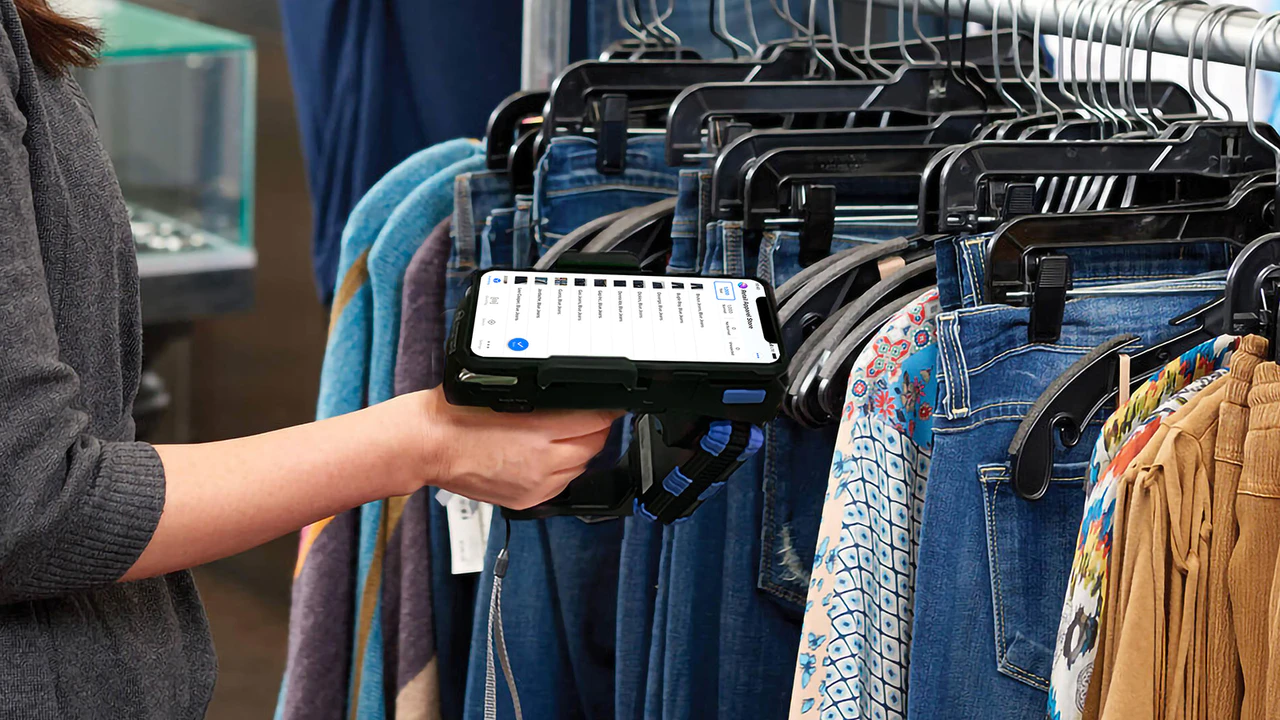There’s a weird comfort in knowing exactly where something is.
Not almost. Not probably. Not “it should’ve been here yesterday.”
Just… there. Tracked. Logged. Accounted for.
You don’t realize how much of your day is spent guessing until that guessing stops. Until the question, “Where is it?” disappears entirely. That’s what RFID tracking does quietly, invisibly, and completely.
But let’s not sugarcoat it. For most teams, managing real, physical stuff is a slow burn of friction. It’s lost tools. Delayed shipments. Broken chains of custody. It’s staring at a spreadsheet that says one thing, while reality smirks from a back shelf you haven’t checked in weeks.
And then, somehow, we act surprised when things go sideways.
The Cost of Not Knowing
You think a missing asset is just a delay. Maybe it is. But add it up.
One delay becomes a missed deadline. That deadline becomes a lost contract. Or maybe it’s a compliance audit, and someone forgot to log the equipment usage. Suddenly, it’s not just a headache, it’s a report, a fine, or worse.
And it happens more than you think.
We’ve built so many systems that rely on human memory, human tracking, and human correction. But people are tired. Distracted. Swamped. They don’t always have time to scan every item, double-check every log, and manually update databases that were never intuitive in the first place.
That’s where RFID tracking changes everything.
Not because it eliminates the people, but because it gives them back the ability to trust their tools.
What RFID Tracking Actually Feels Like
Imagine this.
You walk into a warehouse. No clipboard. No barcode scanner. Just your usual morning pace. As you move, your handheld reader quietly syncs up with every tagged item around you. Inventory updates in real time. There’s no need to stop and point. No boxes to open. No, “maybe it’s over there.”
Because now? You know.
It’s not just RFID asset tracking, it’s situational awareness. It’s walking into a space and seeing everything all at once, without even looking. Like turning on the lights in a room you’ve always stumbled through in the dark.
It’s eerie, at first. The silence of it. The absence of drama.
Then it hits you. This isn’t just tech. This is relief.
Tag It, Track It, Trust It
Let’s talk about the tag. That little sliver of data magic.
No battery. No screen. Just a simple, passive RFID tag that sits there, waiting to be seen. It doesn’t shout. It doesn’t need power. When a reader comes close, boom. The tag wakes up, shares its ID, and confirms its place in the world.
Now think about what that means.
You tag a laptop. A piece of test equipment. A server drive. A box of surgical supplies. From that moment forward, you don’t wonder where it is. You don’t need to create a task to “check on it later.” It updates itself.
That’s the beauty of RFID asset tracking. It’s self-reporting. Quiet. Reliable. Non-intrusive. It doesn’t get in the way; it just fills in the blanks that used to cost you time, money, and sleep.
From Warehouse to Field—It Scales with You
RFID isn’t just for warehouses.
Let’s say you’ve got field technicians carrying expensive tools between sites. Or you’re in healthcare, trying to monitor thousands of critical devices. Maybe you’re in aerospace, tracking flight-critical parts that can’t afford to be miscounted.
Traditional systems choke in these situations. Paper trails disintegrate. Spreadsheets lag. Even barcode systems start to fray at the edges when mobility gets involved.
But RFID tracking doesn’t care where your assets are. You can embed readers in checkpoints. Mount them on vehicles. Hand them to the workers. You can even combine active and passive tags based on your use case.
And suddenly, every asset has a voice. Every location has a heartbeat.
It’s not just logistics anymore. It’s a network of live data stitched through your operation, from the core to the outermost edge.
No Noise, No Flash—Just Pure Signal
There’s something poetic about how RFID works.
No clicks. No scans. No red lasers bouncing off tiny barcodes.
Just a soft signal, whispering between tag and reader. A digital conversation that leaves no room for confusion.
And what did you leave with? Is certainty.
You know the equipment was moved at 3:14 PM. You know it’s currently in Zone 3. You know it’s been untouched since last week’s inspection.
It’s weird how calming that kind of certainty is. In a world obsessed with real-time everything, RFID asset tracking doesn’t scream for attention; it just works.
Letting the System Think for You
That’s the real value here.
Not just tracking for the sake of tracking, but automation. Intelligence.
You tag an item. It updates itself. Your system alerts you when it’s idle for too long, moves too fast, or lands where it shouldn’t.
It’s like putting your assets on autopilot with a system that’s always watching, always logging, never bored, never tired.
You can go from reactive to predictive. From scrambling to being prepared. And how often does that happen in the real world?
It’s Not Just Hardware. It’s Clarity.
Of course, tech is only as good as the people behind it. And that’s where Lowry Solutions comes in.
They’re not just pushing RFID tracking because it’s trendy. They’ve been building these systems for decades, watching, adapting, fine-tuning them to work in the real world, not just on paper.
When they roll out RFID asset tracking, it’s not just tags and scanners. It’s a strategy. Layout design. Integration. Testing. Training. All the invisible stuff that makes the visible stuff work.
At the end of the day, RFID isn’t about the tag, the scanner, or the server.

